You can spot L’Aquila not with the help of road signs or even a compass, but rather by following the construction cranes. After following the crane compass rose to L’Aquila, I arrive on the streets of the regional capital of Abruzzo. Etched across crumbling buildings is a simple saying, “L’Aquila rinasce.” Meaning, “L’Aquila reborn,” the phrase describes the efforts to rebuild what was once a community of elegant squares and historic palazzi after a highly destructive 6.3 magnitude earthquake in 2009. L’Aquila’s centro storico still very much remains a construction site five years later. I roam the city’s quiet, cold and deserted streets, mostly with a gaping mouth in wonder that five years later, L’Aquila still looks like a snow globe, all shook up.
On a dark night in April, the rug beneath L’Aquila was pulled out from underneath its feet. I stand on that rug now, one of cracks and uneven surfaces. L’Aquila has become somewhat of a ghost town, so much so that my guidebook doesn’t even recommend visiting. But I’m here in many ways looking to be reborn too, convinced again there is an Italy I still know and love.
Containing L’Aquila is Abruzzo, under two hours from Rome but seemingly days away. The central Italian region covers the heart of the Apennines and reaches to the Adriatic Sea. Mostly mountainous in composition, its main beauty is also its downfall. Coupled with the region of Molise, Abruzzo is Italy’s most earthquake prone region for it sits right smack on a major fault line. With few attractions open, even restaurants to eat at, I leave L’Aquila optimistically unhopeful. I can see behind the scaffolding lurks a city of grandeur, one I hope to return to and see reborn.
I set out on the SS17 toward Sulmona, heading deeper into a region I seldom hear of the topic of Italian vacation conversation. Having just left Rome and then the Amalfi Coast, I was hardened by Italy until Abruzzo entered the picture. So much of the country has become overcrowded with tourists to the point where I was starting to fear this could be the end of the Italy I know and love. With windows down, we head up and down mountains, where wildflowers brighten the scene.
We finally reach Sulmona, a medieval town known for its confetti, a candy that makes its way into nearly every Italian celebration. Sulmona’s other notables include being the birthplace of poet Ovid and also its days spent as an important commercial center in the Middle Ages. After touring one of Sulmona’s biggest confetti manufacturers, I head to the town’s main square for the evening passeggiata.
Piazza Garibaldi soaks up one of Abruzzo’s best views with the Morrone massif looking down upon it. Along one side of the square is a 13th century aqueduct, its arches now serving as grand thresholds into the piazza.
The southern Abruzzo town snakes down into another time-trapped village, Scanno. I begin to drive from Sulmona to Scanno, through the rocky Gole di Sagittorio and past the glassy Lago di Scanno. While perhaps not as dramatic as the Amalfi Coast, the drive invigorates, and in many ways, I’m reborn again by Italy.
I start to roam the steep streets of Scanno. It’s riposo time, meaning I have the maze that is Scanno to myself. The air is perfumed with the smell of a warm fire. The buildings don’t look like they have been touched in several hundred years.
Scanno leaves me wondering if I have stepped into a movie set for medieval Italy. And just like that, Italy has me again with Abruzzo, a region of cliff clinging medieval villages frozen and deserted, purple mountains and a spirit for revival and rebirth. The ground rumbles beneath my feet, jostling a country I can’t seem to shake.
Have you been to Abruzzo?

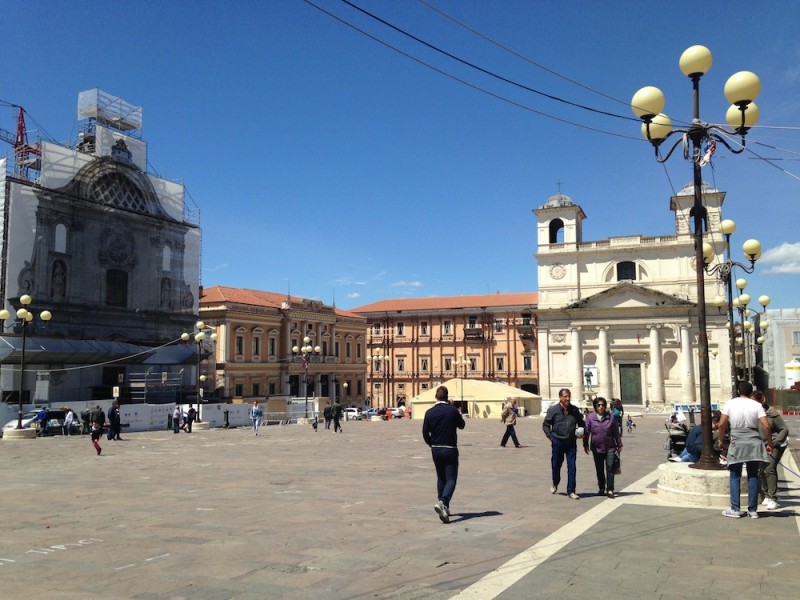
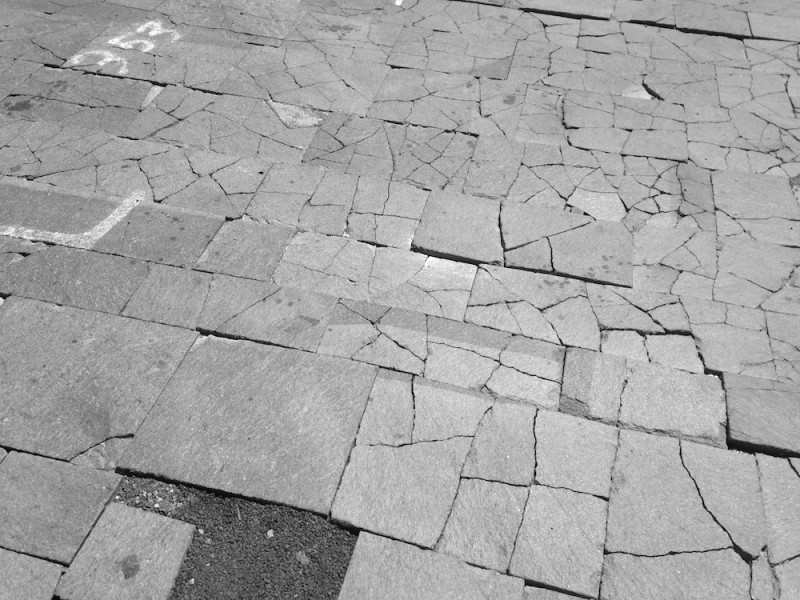
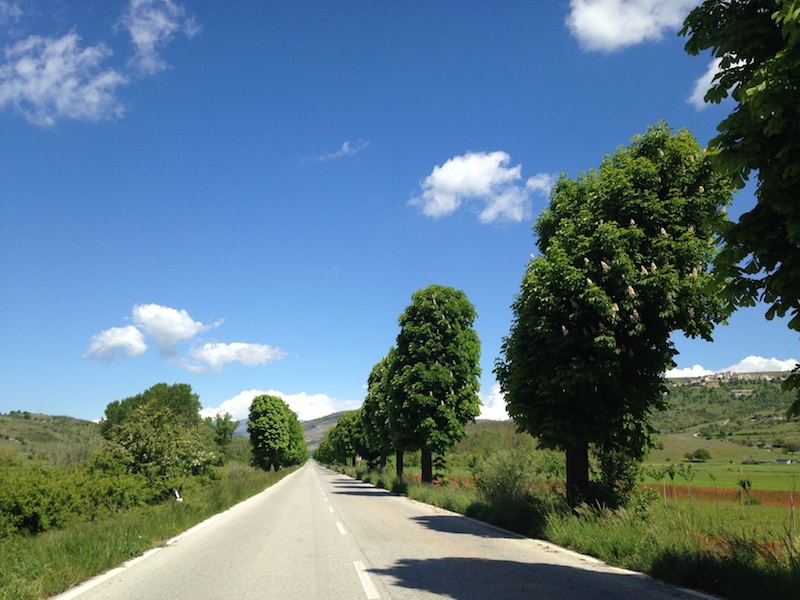
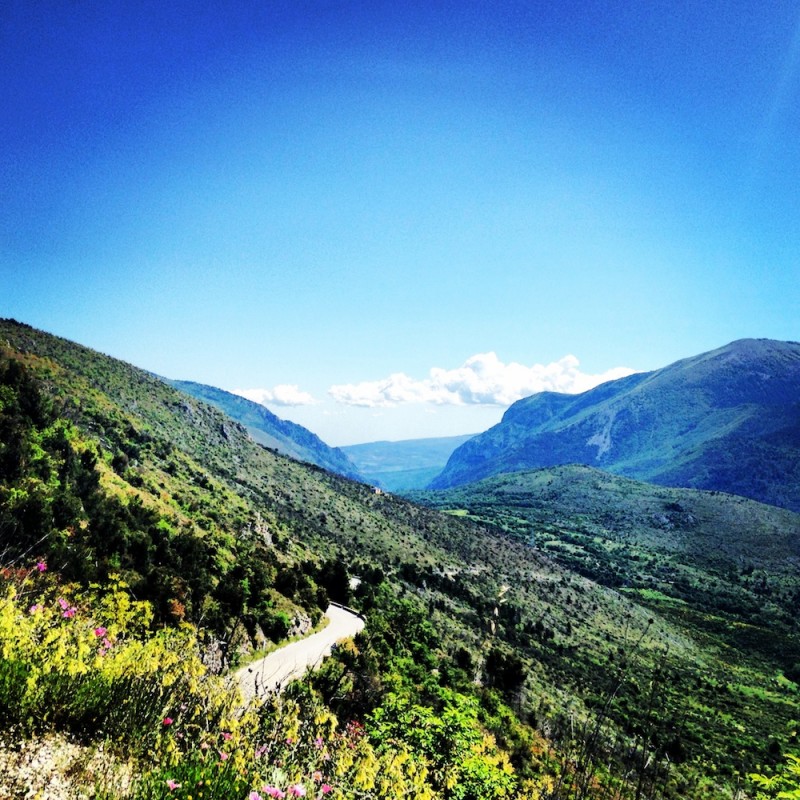
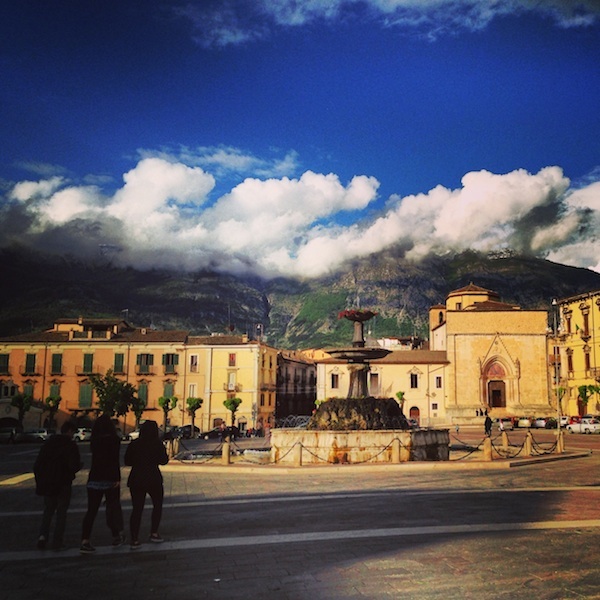

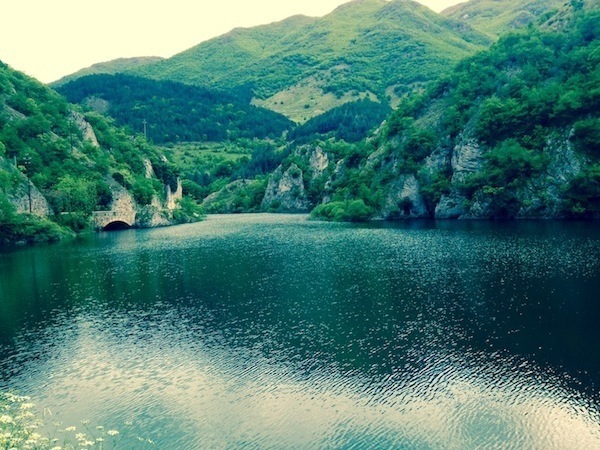
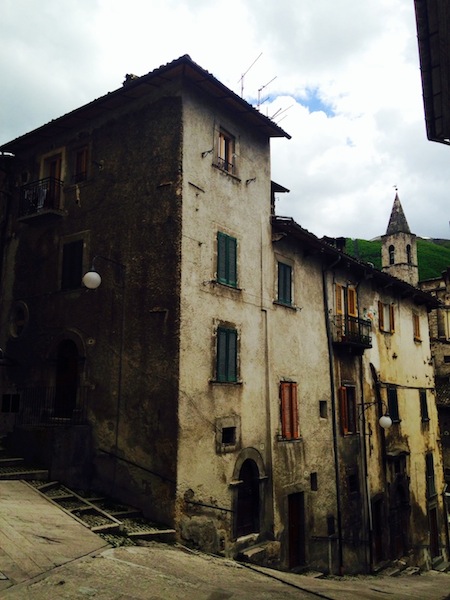
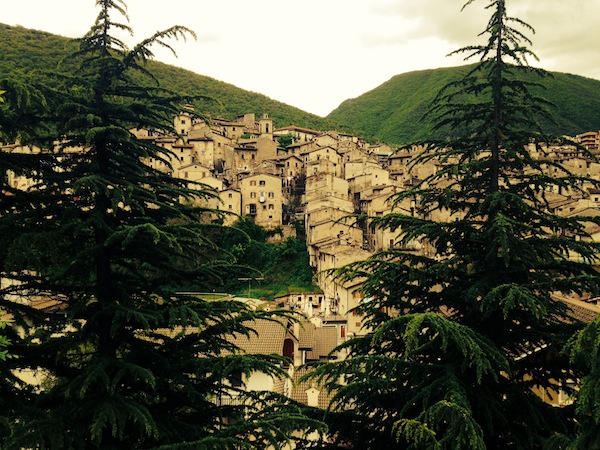
So glad I happened upon Abruzzo. It can really be a breath of authentic fresh air when traversing Italy!
Lovely post! Beautiful photos! This place will go on my travel list 🙂
Wow! Abruzzo looks incredible.